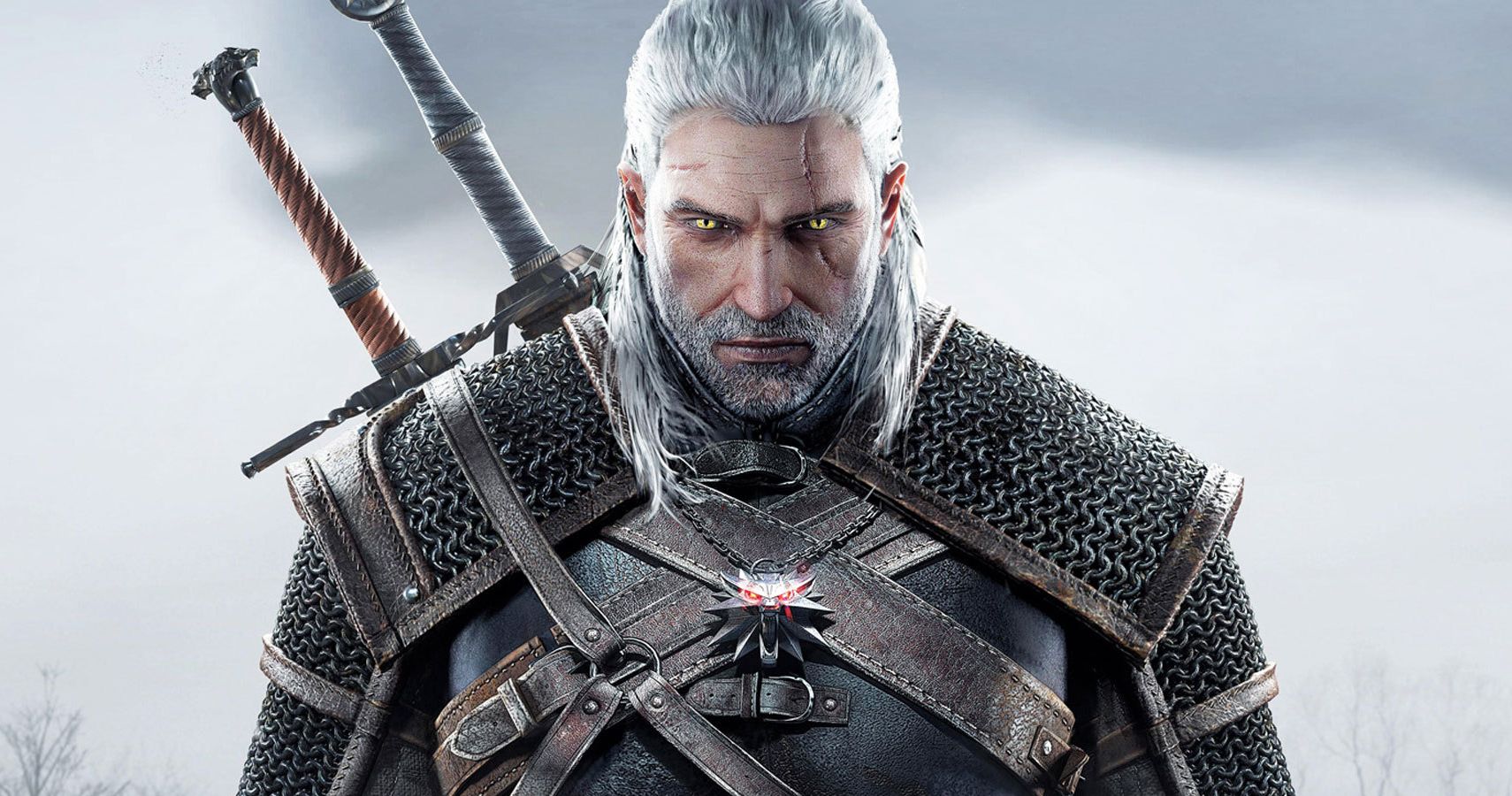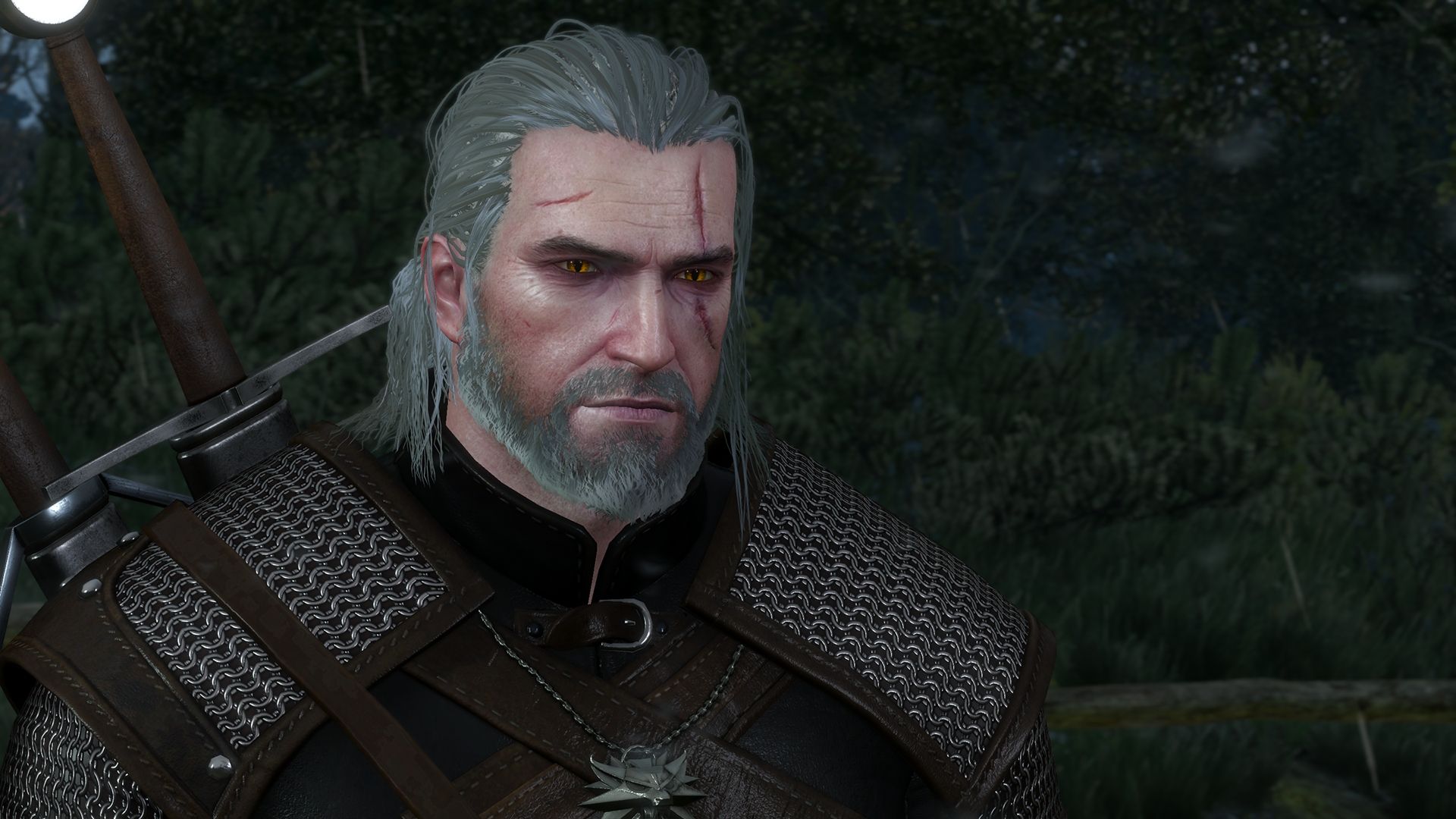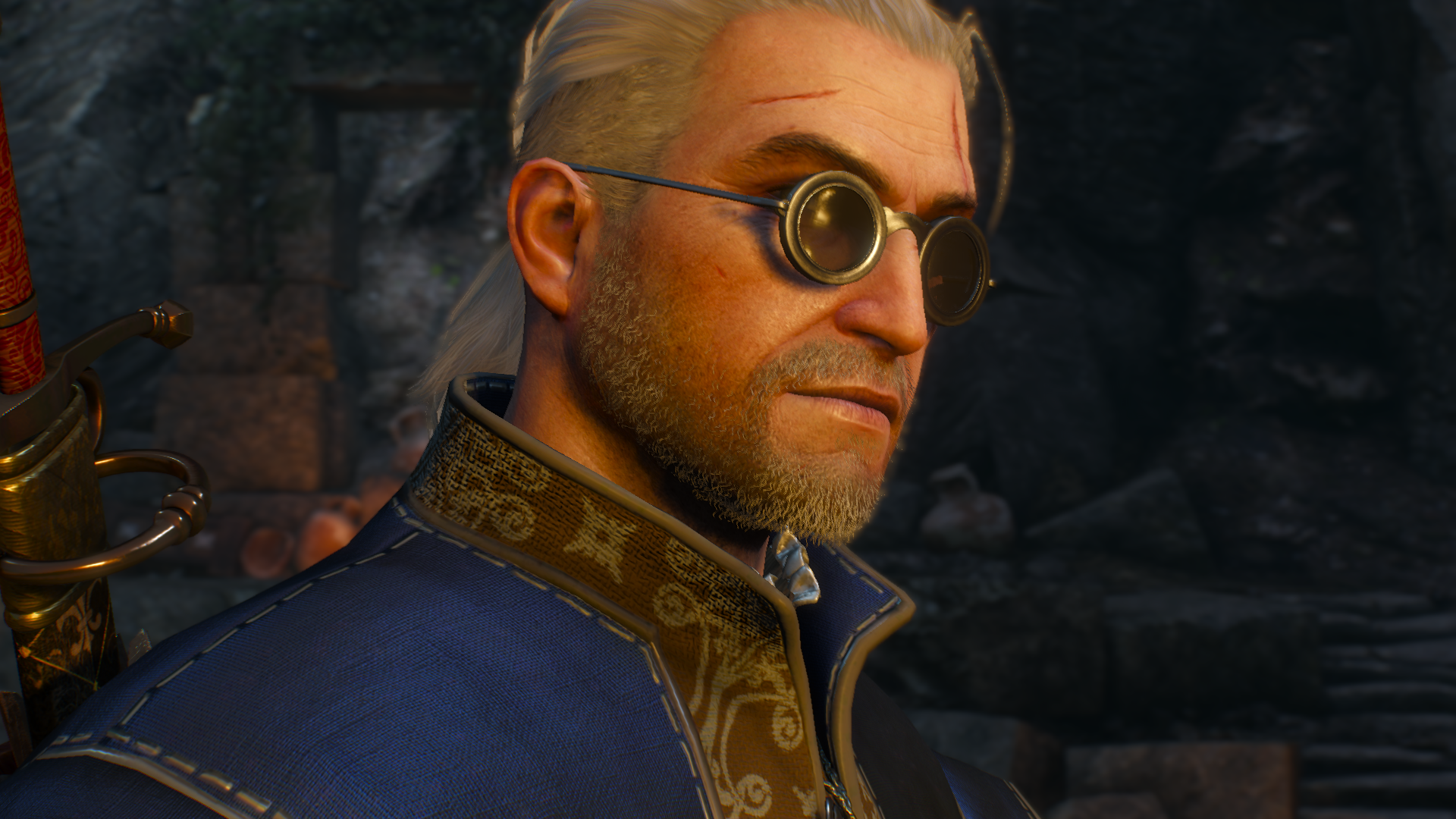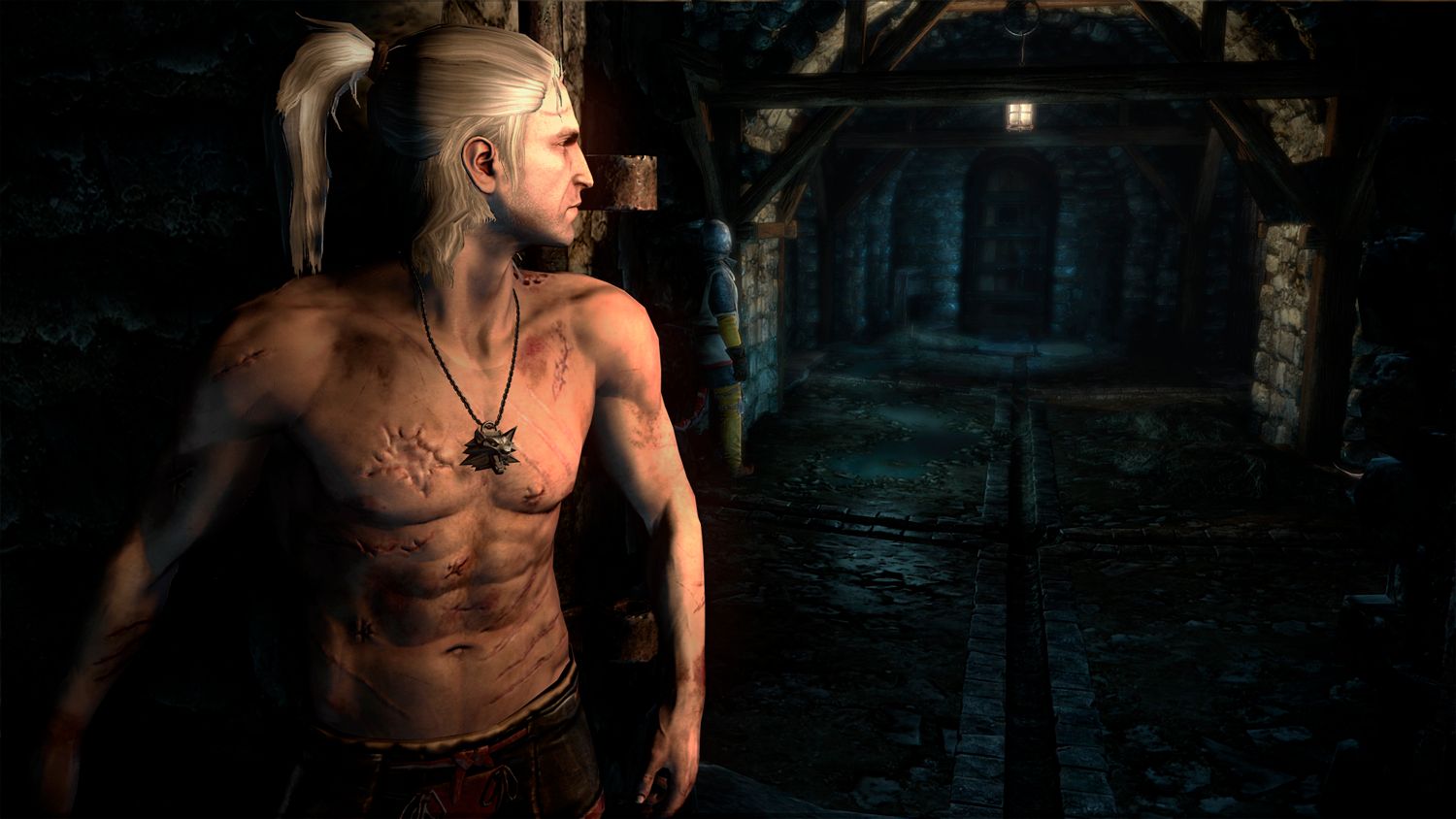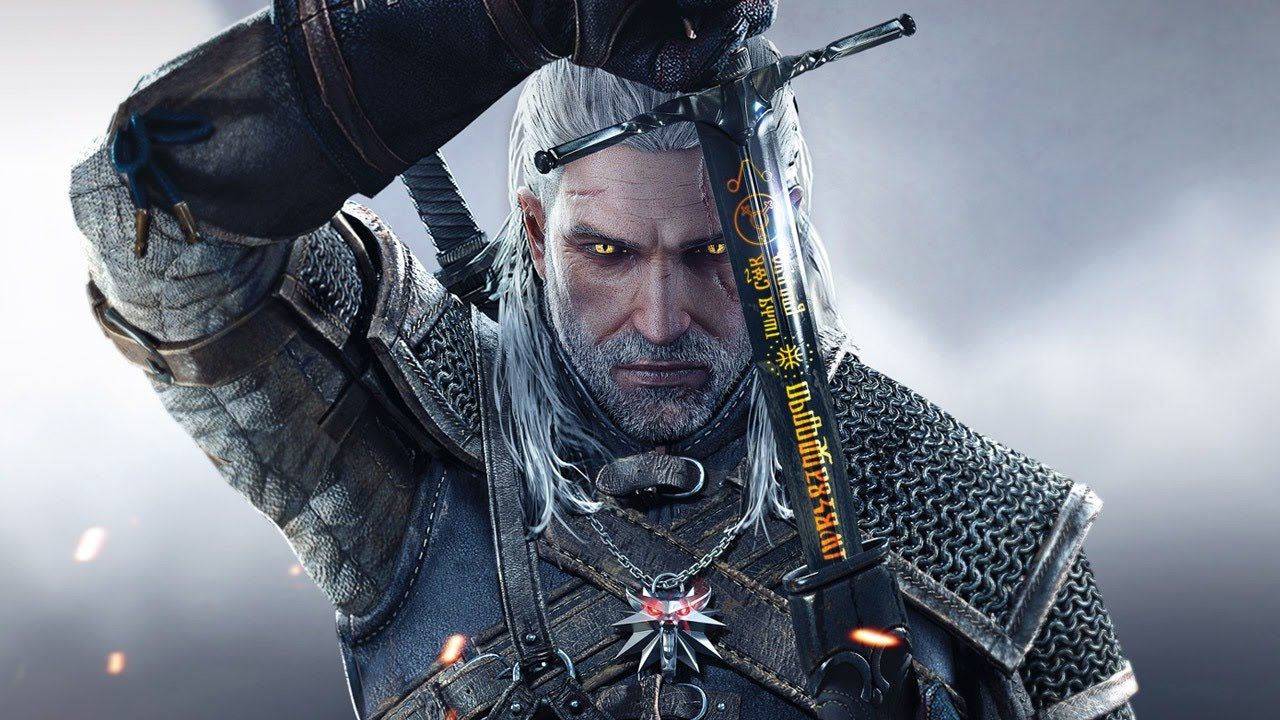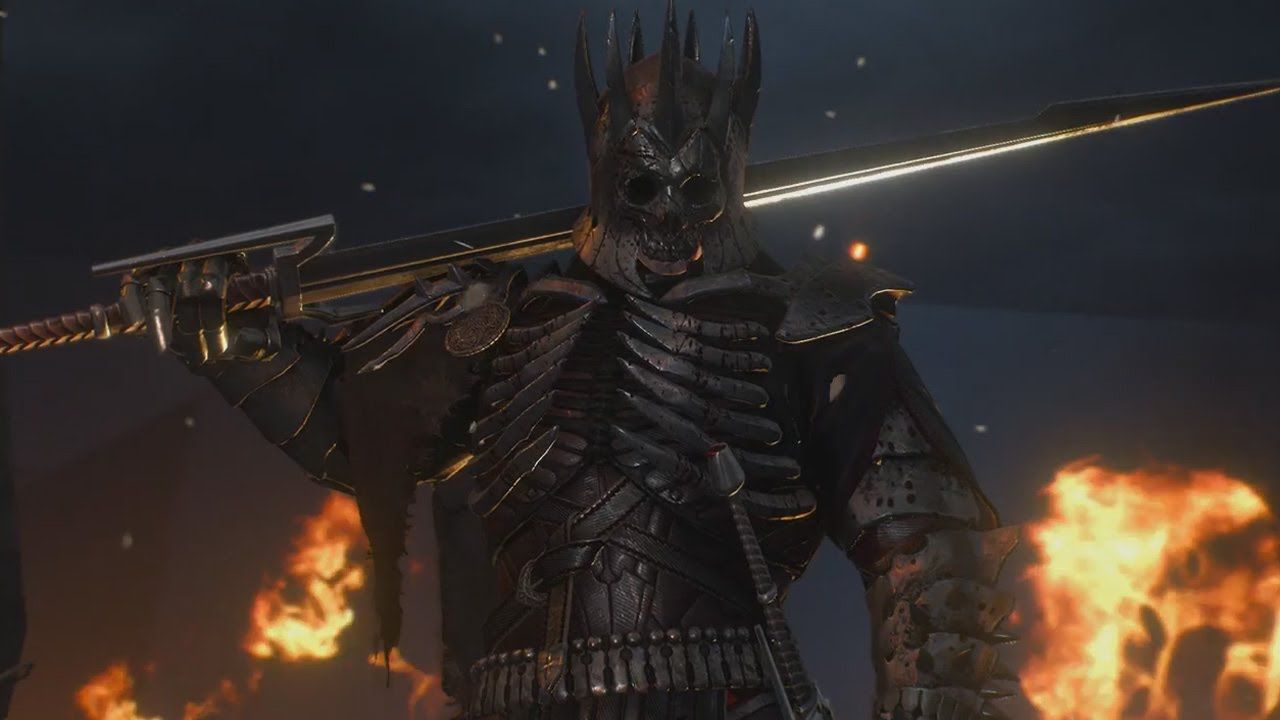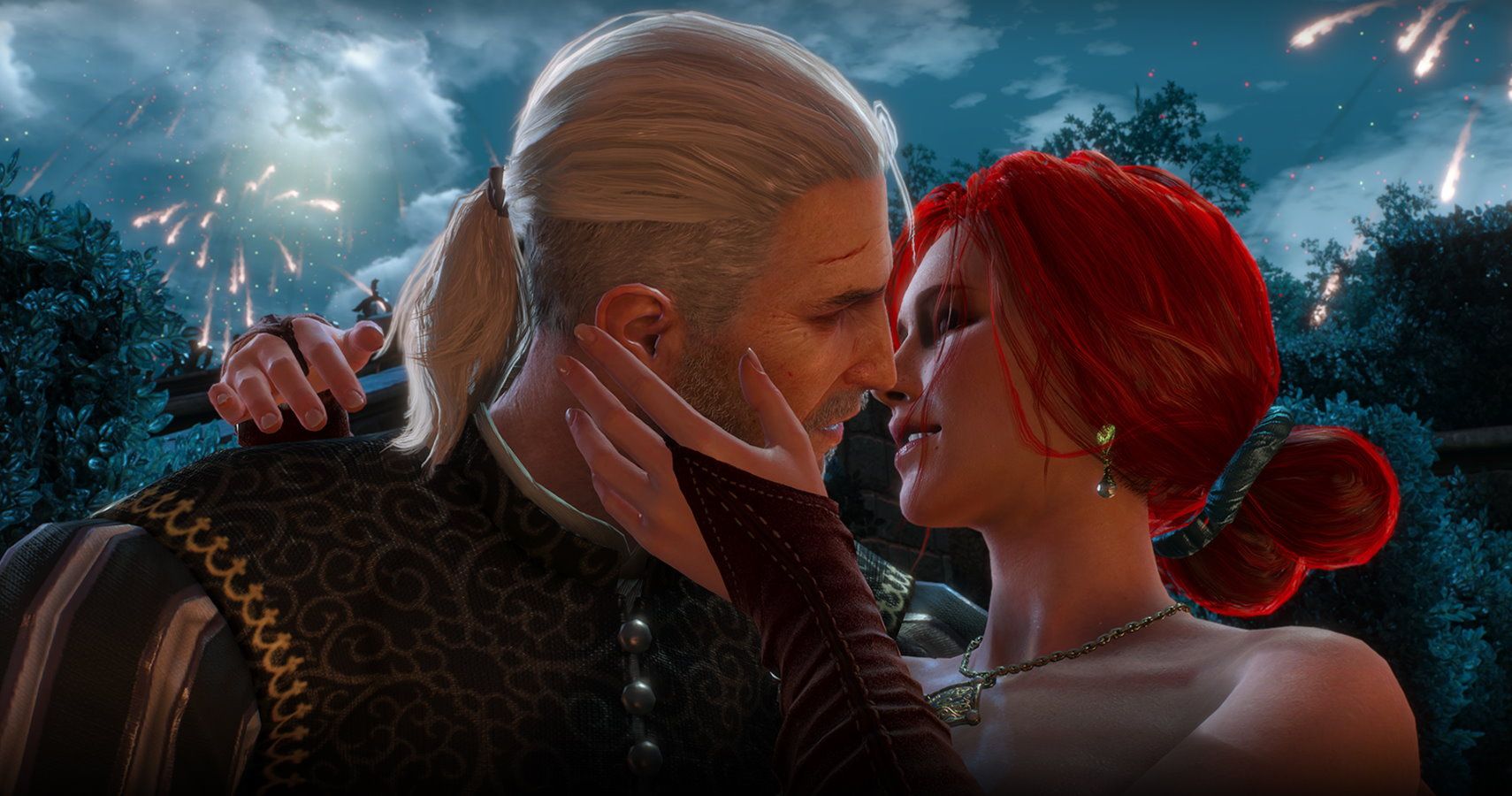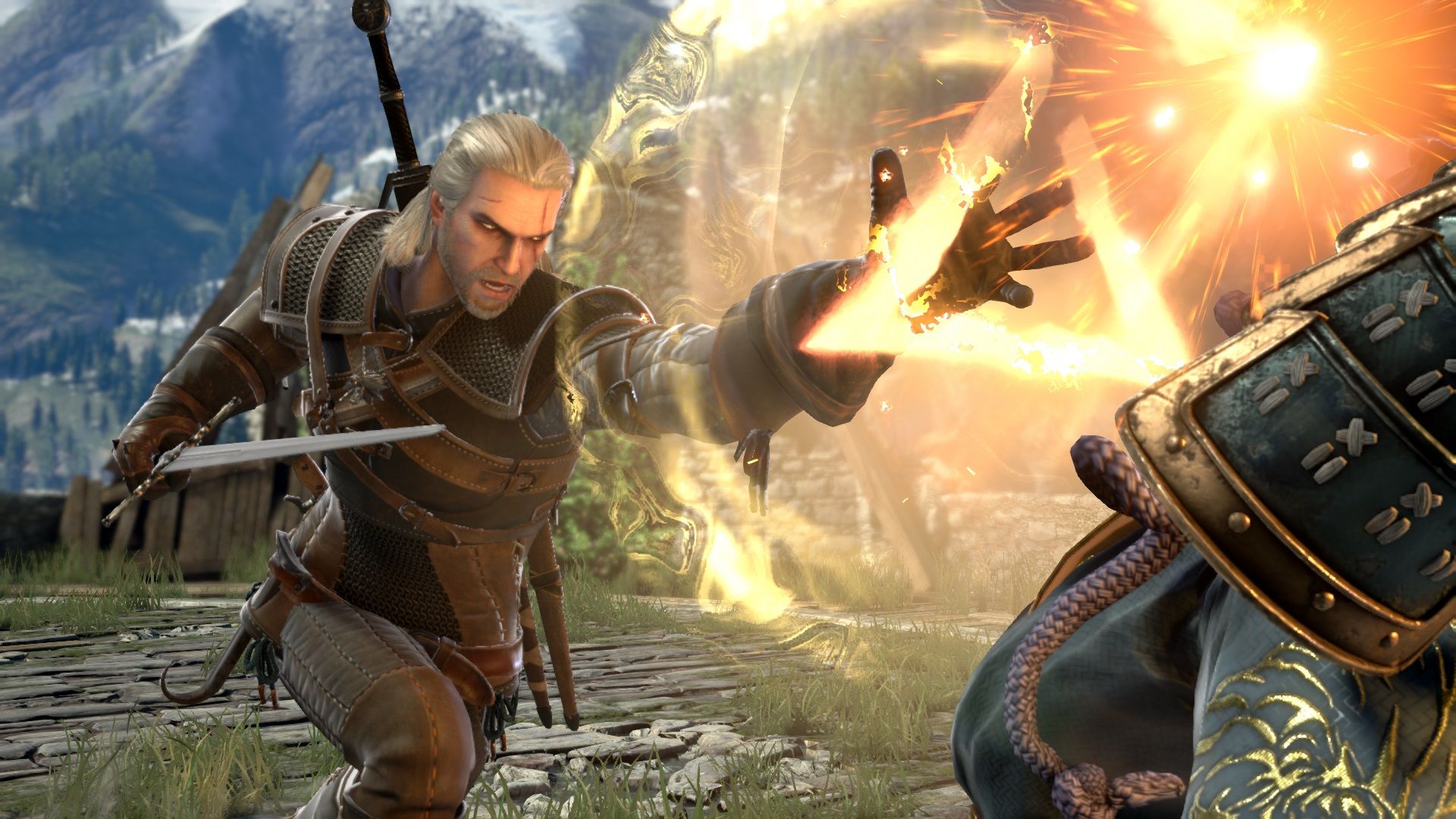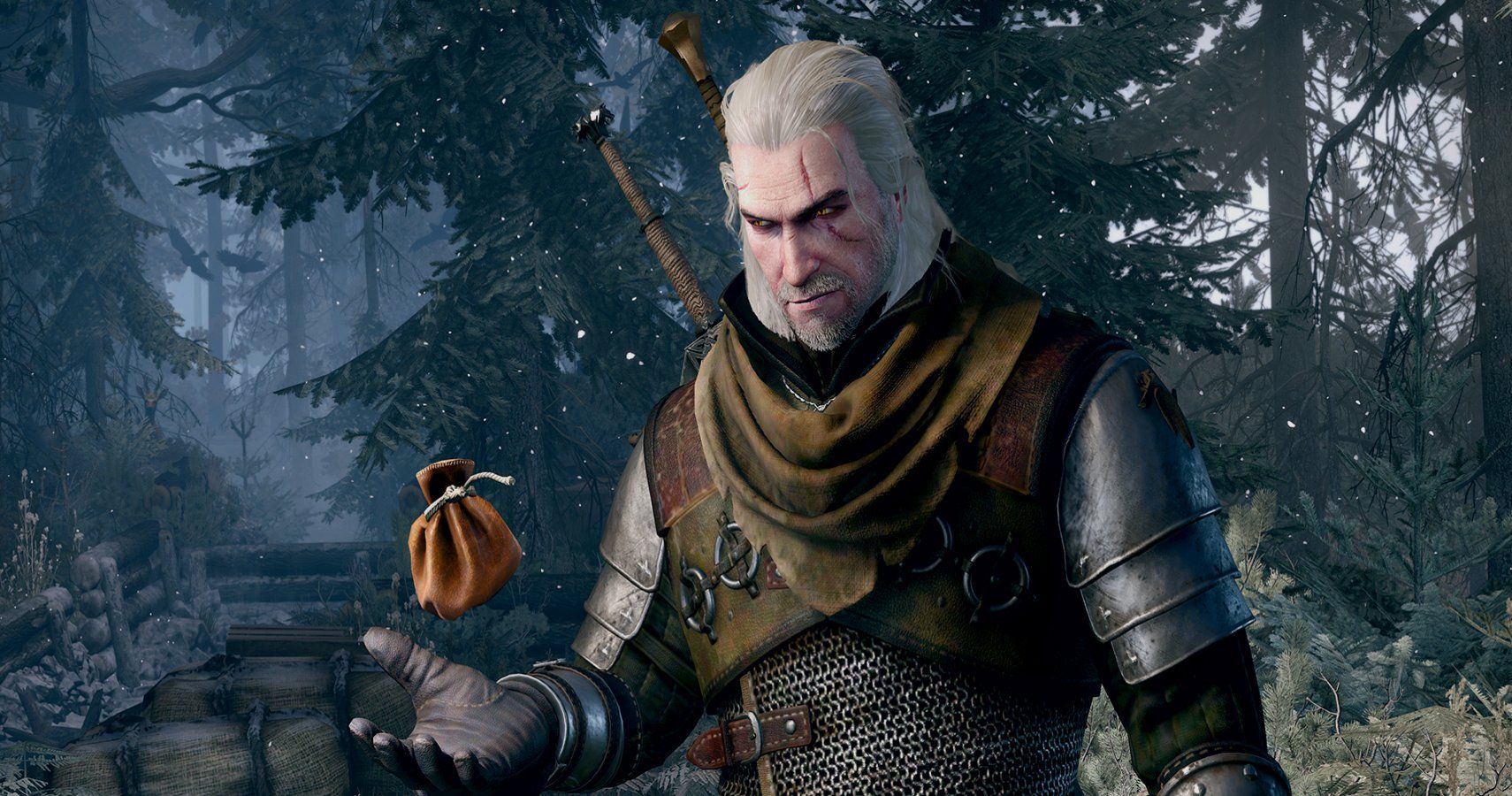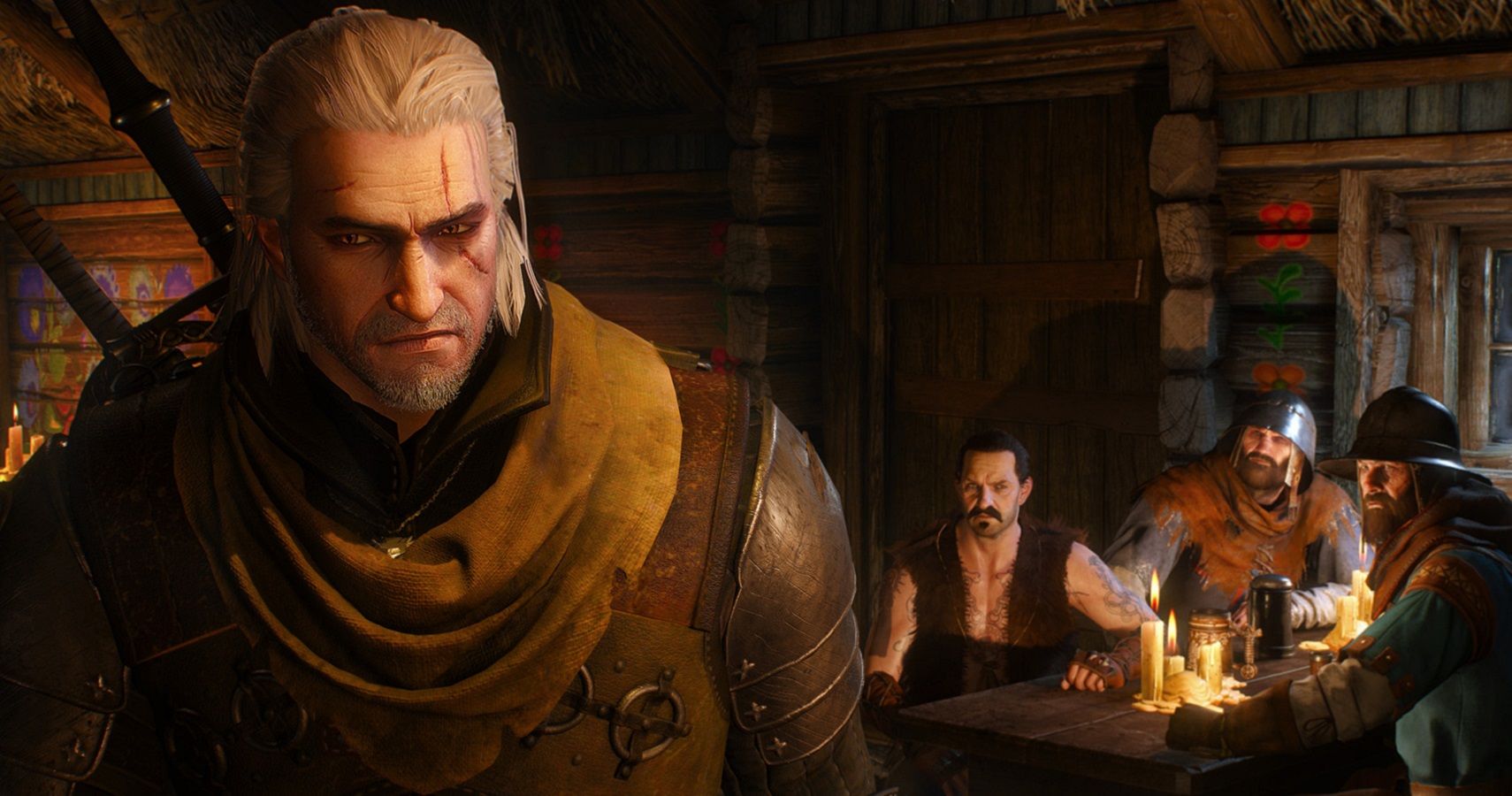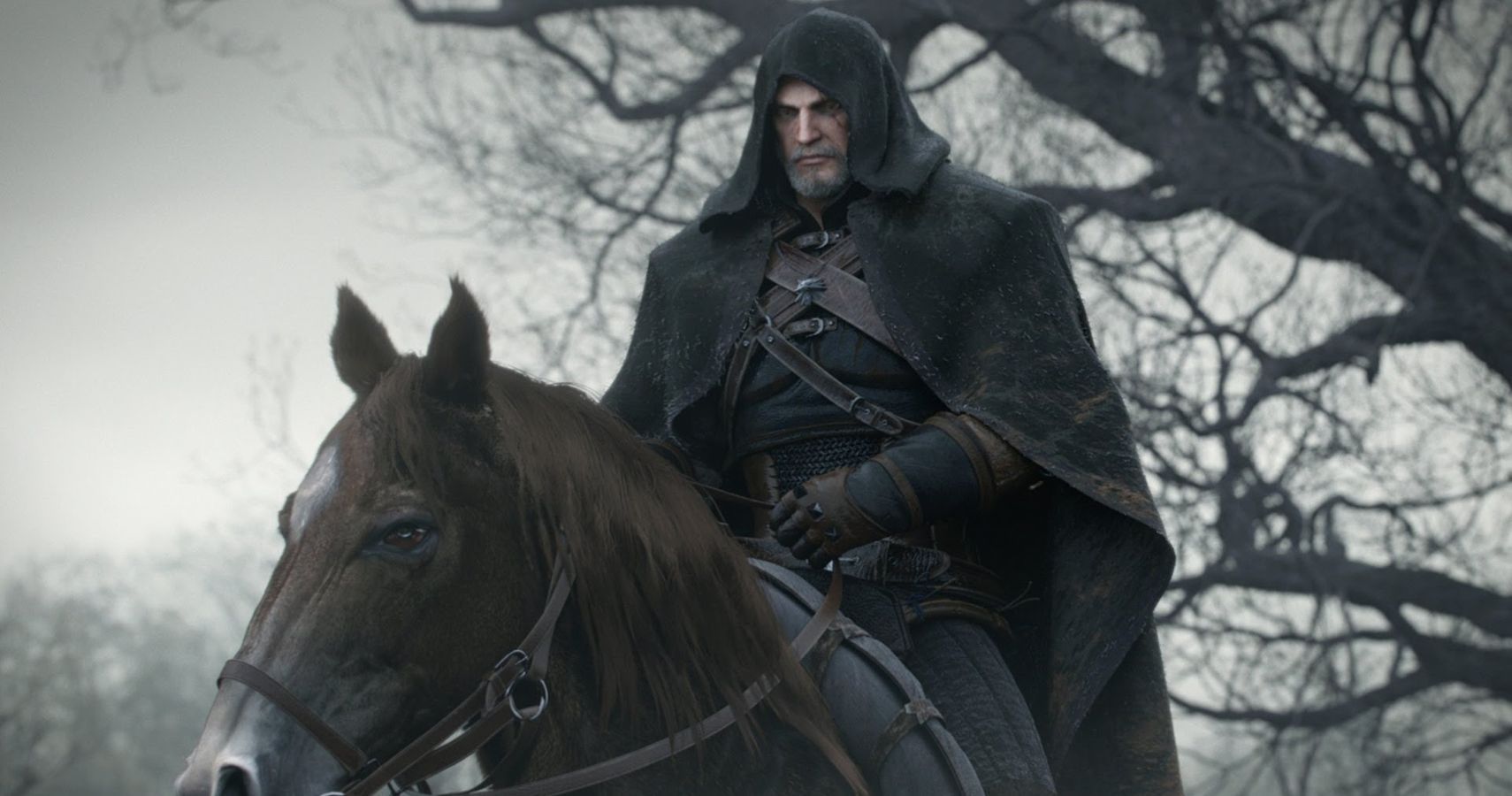It's hard to argue that the Witcher book series wasn't all that popular outside its native Poland before the games were released. The Witcher games, especially Witcher 3: Wild Hunt, saw a huge surge in popularity for the book series and brought it to the forefront of the fantasy genre.
The games do a wonderful job of bringing the Geralt from the books to life, but as with any kind of adaptation/sequel, there are going to be some differences. So let's take a look at some of them. Here are the 10 biggest differences between Geralt in the books and the games.
10 The Beard
CD Projekt Red may have inadvertently created an iconic look for the titular witcher in Witcher 3 when they gave players the option to give Geralt facial hair. It wasn't long that almost rendition of Geralt had him rocking a beard, from fan-art to two out of the eight books in the series featuring a bearded Geralt (in the English versions at least).
There's no denying that Geralt looks awesome with a beard, but the Geralt from the books hates them. In Time of Contempt, the second novel of the Witcher saga, Geralt has barely more than a five o'clock shadow when he asks Dandelion to borrow his razor and mentions how much he hates having facial hair.
9 His Looks
The Geralt of the video games, specifically Witcher 3, is a very handsome man with a charming smile and a buff, lean build. Even though the NPCs in the games are always calling him a mutant or a freak, fans of the game universally agree that he's one handsome dude.
Game Geralt is a far cry from the book Geralt in terms of appearance. In the books, Geralt is described as being skinny, with an ugly smile and an unpleasant voice. With his pale skin, loose white hair, and dark frightening eyes, this Geralt is someone we can see NPCs hurling insults at.
8 His scars
This entry is basically a continuation of the previous entry, as it also concerns his appearance. One of the more noticeable aspects of Geralt's appearance is his scars. In the books, he's described as having a multitude of hideous, sinewy scars. The games, however, took a different approach.
In the games, Geralt's scars are much more aesthetically pleasing, making him look like a badass. Instead of hideous scars, game Geralt's scars don't affect his general handsomeness, but still gives the impression of a hardened warrior.
7 His Swords
Geralt's swords have been a subject of debate between fans for some time now. In the games, Geralt carries two swords on his back at all times. One sword made of steel for people, and the other made of silver for monsters. Book Geralt carries his swords a bit differently.
Book Geralt does have a steel sword and a silver sword like in the games, but in the books, he only carries the steel sword on his back, while he keeps the silver sword tucked in his saddle for easy access.
6 Riding With The Wild Hunt
The Wild Hunt are the big bads of the Witcher games, and even though they don't physically appear until the third game, their presence is felt throughout every game. In Witcher 2: Assassins of Kings, it's revealed that Geralt was temporarily a member of the Wild Hunt in order to save Yennifer's life.
The Wild Hunt don't play a major role in the books, they're only briefly seen once and they don't affect the story. Ciri does meet Eredin in the books but Geralt never interacts with them. Geralt riding with the Wild Hunt was really just a tool to help bridge the gap between the books and the games.
5 His Relationship With Triss
In both the books and the games Geralt's relationship with Triss Merigold is complicated, to say the least. In the books, Triss is in love with Geralt but it's unrequited. She was curious about Geralt's love for Yennifer, so she seduced him with a spell. Still, her love for him remained unrequited.
The difference between book Geralt and game Geralt in this regard is that in the games, Geralt has the option to reciprocate that love. Triss is able to be romanced in all three games, more than any other romance option, but don't expect them to get together when you read the books.
4 Signs
Signs are an important part of Geralt's arsenal in the games. They're powerful spells that can be used to set people on fire or push them back with a telekinetic force, set magical traps, create a shield for Geralt, and even charm enemy minds. Plus, they can all be upgraded to be more powerful.
Signs in the books are nowhere near as impressive. Book Geralt rarely uses signs, saving them as a last resort, but they're very crude spells that are said to be easy to learn. Needless to say, book Geralt isn't impressing any mages with his signs anytime soon.
3 Side Quests
The Witcher games, especially Witcher 3, are huge games. It's easy to get lost in the world exploring and doing the countless side quests available that before you know it, you forget that there was a main questline to begin with.
Game Geralt spends a lot of time completing various side quests but book Geralt likely wouldn't do the same. While he does still gets involved in people's business, he doesn't get too involved with their troubles. He usually keeps his focus on a singular task. Of course, game Geralt taking part in so many side quests is only natural in a video game.
2 He's More Broody in the Books
Geralt is an expert in brooding. He's stoic, a man of few words, but he can crack a joke or be snarky when the situation calls for it. His broodiness is on full display in the games, but he's actually more broody and philosophical in the books.
Book Geralt is often melancholic, deep in thought about how his mantra of only killing monsters often reveals that humans are usually the monsters. He's also prone to violent outbursts of anger in the books. The fact that Geralt is much more philosophical in the books than in the games is simply a matter of medium since it's easier to explore inner monologue in books.
1 Killing Monsters
Witchers are ruthlessly trained from childhood to hunt and kill monsters so they can go from town to town offering their services, which is exactly what Geralt does, but he doesn't kill every monster he comes across. In the books, Geralt keeps to his own moral code of only killing monsters that pose a direct threat to others and letting peaceful or intelligent monsters live.
However, in the games, Geralt can choose otherwise. The difference between book Geralt and game Geralt, in this case, comes down to player choice. While players can choose to spare harmless, intelligent monsters, they can also choose to kill them, going against Geralt's moral code.

